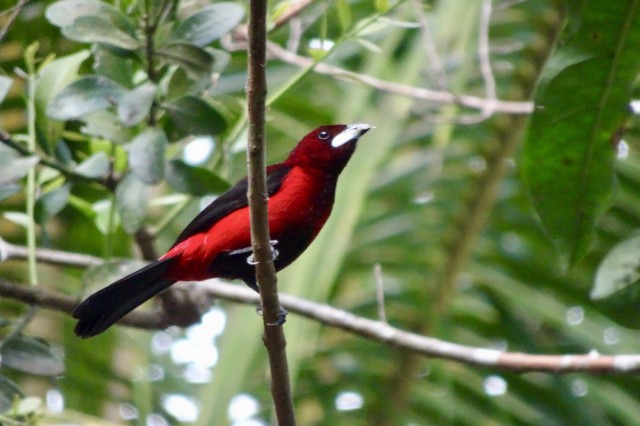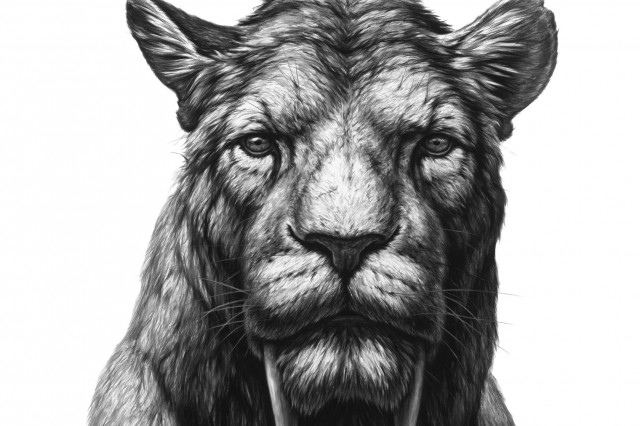Talking Tar Pits Turkeys
Dig into some ancient turkey with our Tar Pits team member, Preparator Laura Tewksbury.
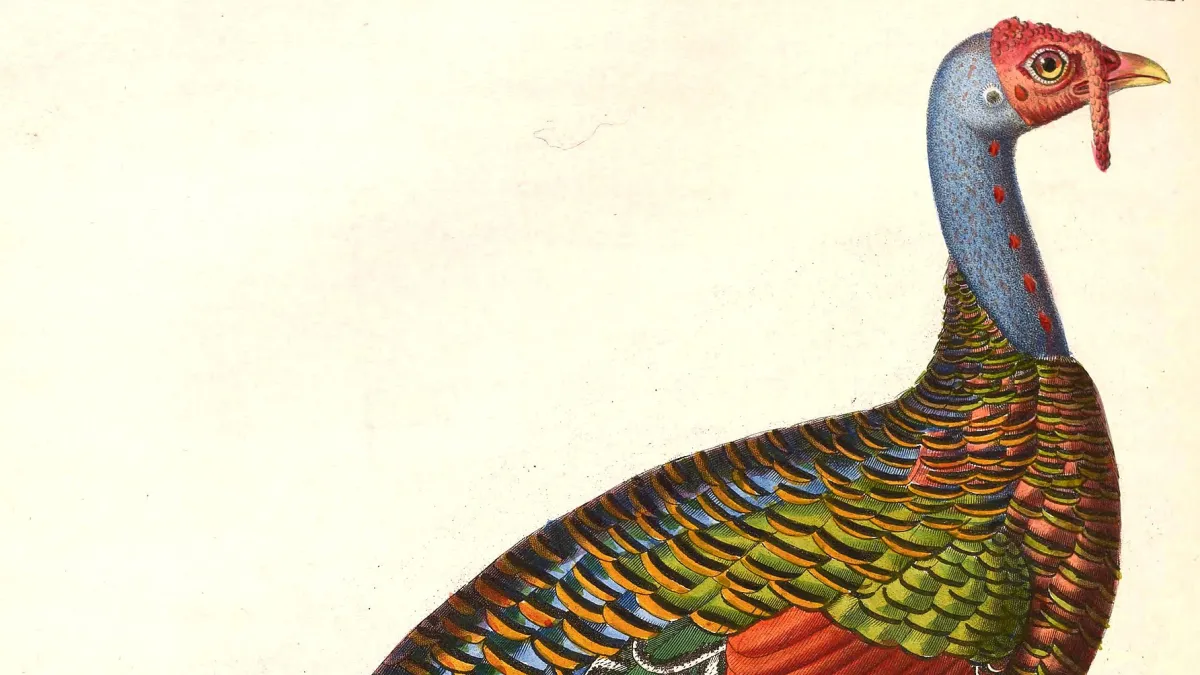
While not native to California, wild turkeys (Meleagris gallopavo) can now be found in around a quarter of the state. Wild turkeys have become somewhat of a nuisance because, well, they’re kind of jerks. Toms (male turkeys) can get pretty aggressive, stalking shoppers and occasionally cornering unlucky Californians, understandable behavior because they were originally released for people to hunt. M. gallopavo may be a new addition to the state, but a different turkey gobble gobbled its way around Ice Age Los Angeles.
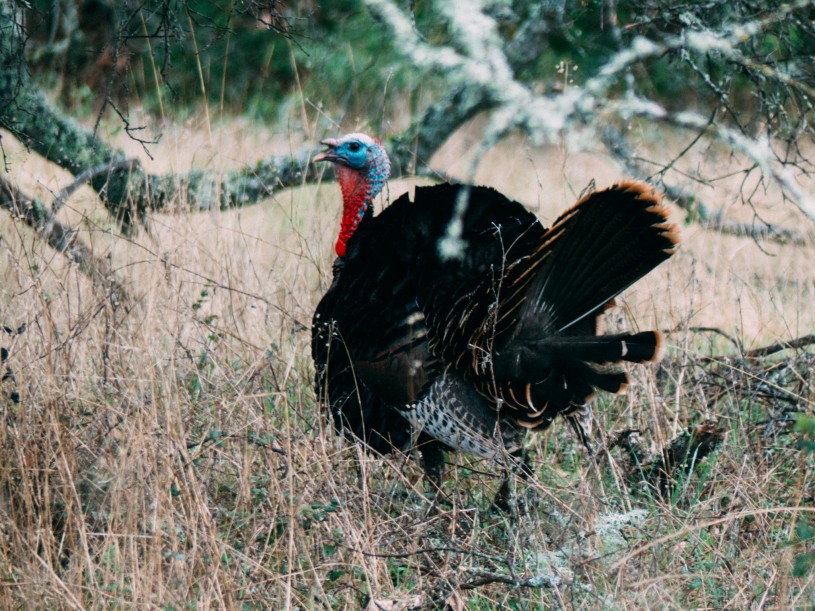
Tar Pit Turkeys
Thanks to their fragile bones, birds are not as commonly recovered from the Tar Pits as other taxa, but through asphalt's awesome preservative properties, about 140 species of birds have been recovered, making La Brea Tar Pits one of the world’s largest collections of fossil birds. Among the most common avian Angelenos recovered? The California wild turkey: Meleagris californica.
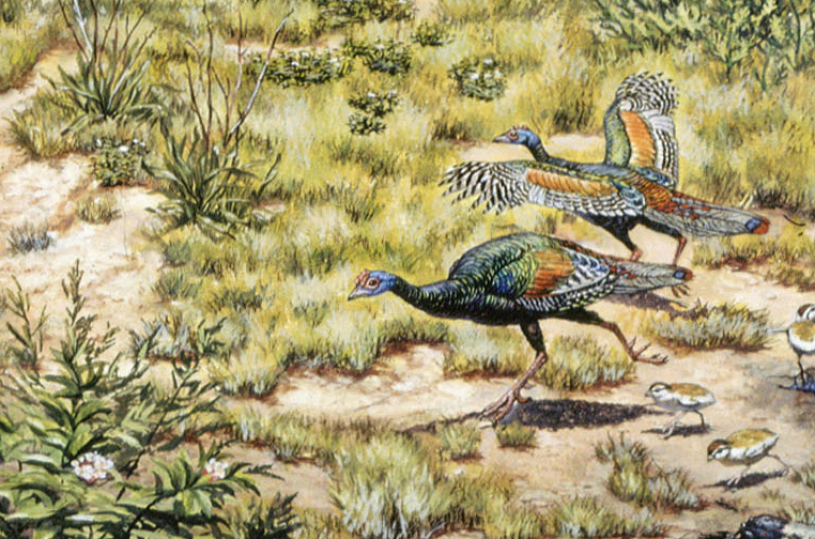
M. californica was slightly smaller than the modern wild turkey and found exclusively in Southern California. Nearly 12,000 bones representing more than 700 individual birds have been pulled from the tar. There’s no evidence either way on how aggressive these birds might have been with predators like dire wolves and saber-toothed cats. Whether it was fowl play or natural causes, M. californicus disappeared along with the Tar Pits' more famous fossil finds around 10,000 years ago, coinciding with the arrival of humans in North America and with end-Ice Age climate changes.
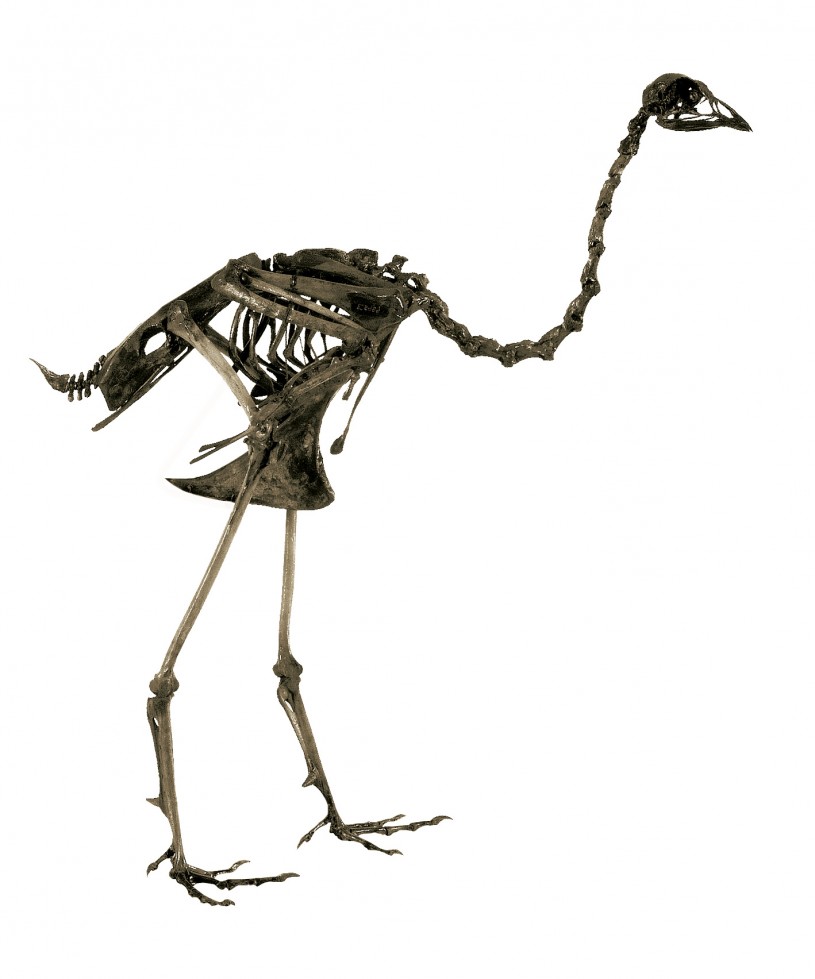
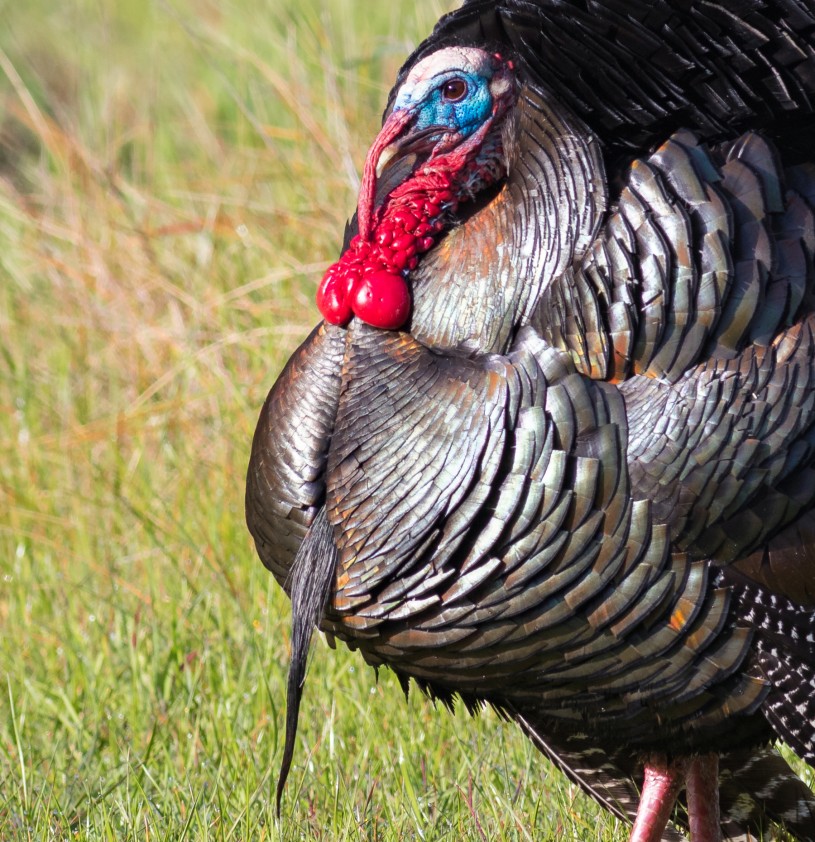
Photo by Frank Schulenburg - Own work, CC BY-SA 4.0 https://commons.wikimedia.org/wiki/File:Meleagris_gallopavo_displaying_…
Snood Operators
Less well-known, the stunning Meleagra ocellata, or Ocellated turkey, offers another vision of turkeys as the only other extant species. Found solely in the Yucatan Peninsula shared with Mexico and Belize, these birds shimmer with dazzling feathers.
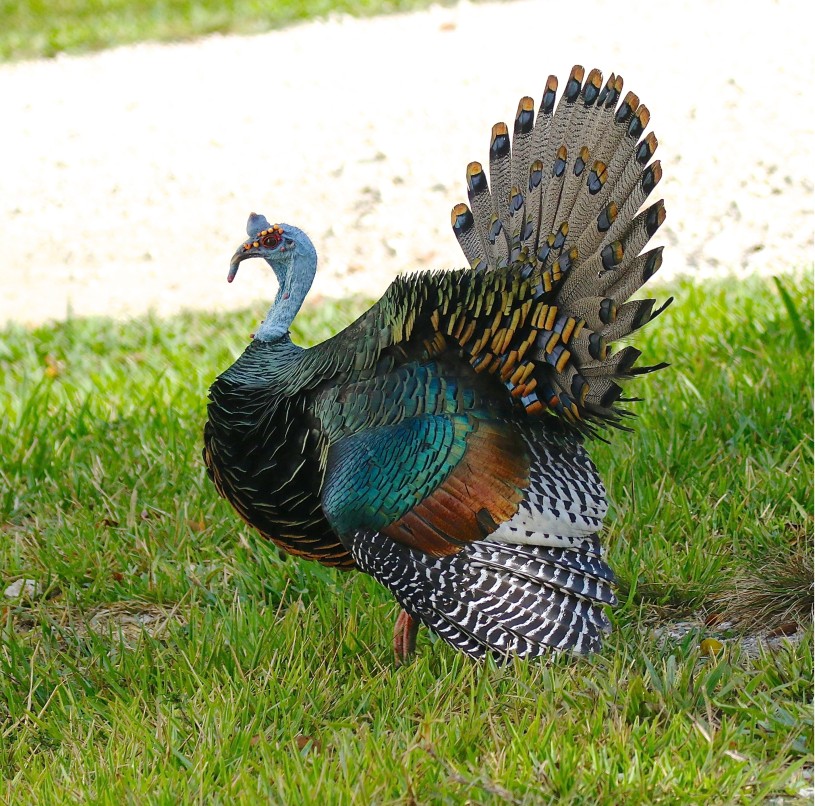
Domesticated thousands of years ago by Indigenous Americans originally for their feathers, turkeys were also used in religious ceremonies for Maya and Aztecs, and while they likely weren’t using M. ocellata, this bird’s striking appearance reminds us that turkeys are so much more than a main course.
